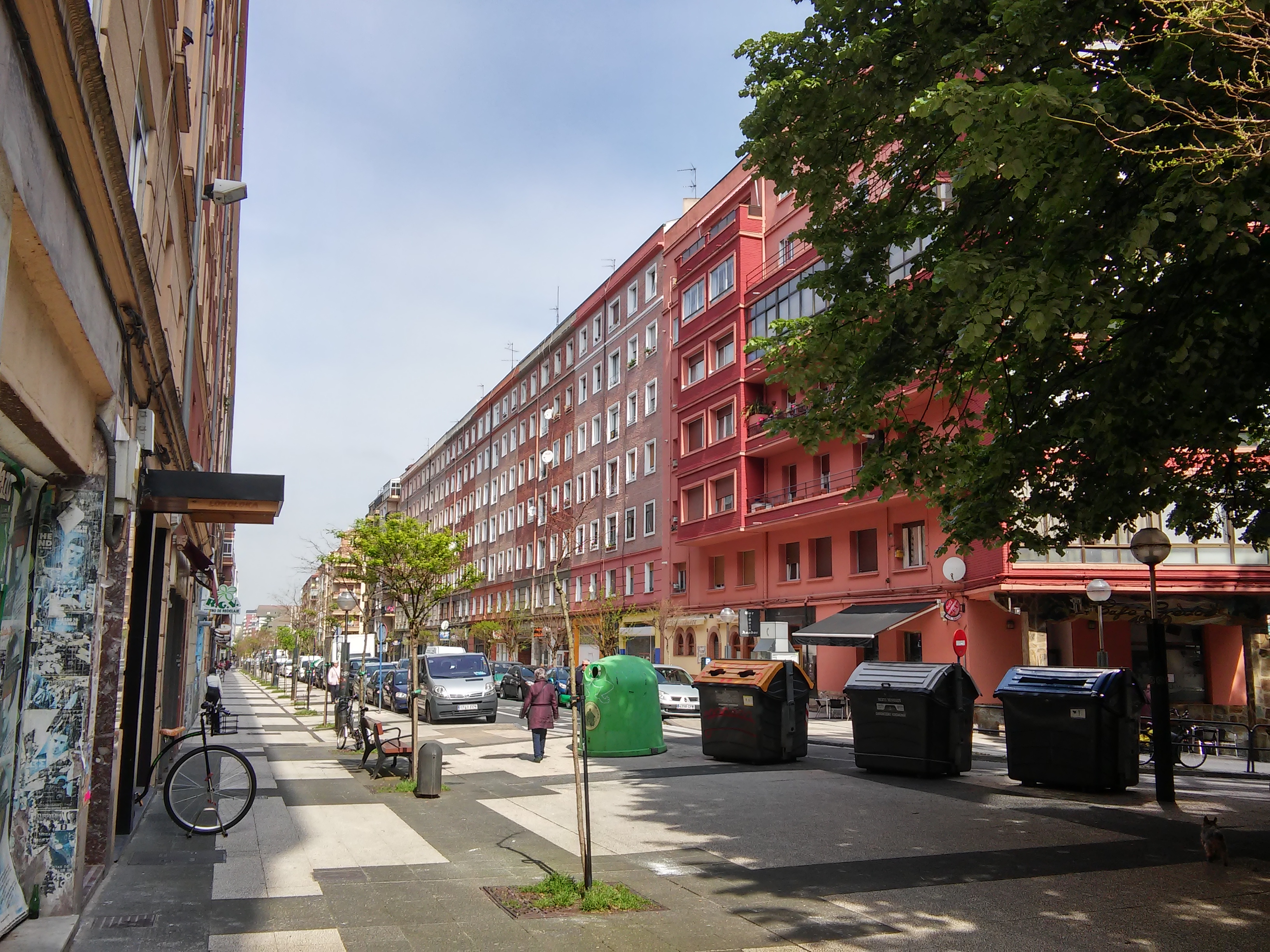Identify cities' keys to protecting young people's mental health
2024/02/22 Galarraga Aiestaran, Ana - Elhuyar Zientzia Iturria: Elhuyar aldizkaria

Several studies show the direct relationship between the urban environment and the mental health of its inhabitants. Now, the scientific journal Nature has published extensive international research that gathers the characteristics of cities for the protection of the mental health of adolescents and young people. In fact, the authors consider that the design and modeling of the cities influences the focus being present and, therefore, propose prioritizing it.
Around the world, young people under the age of 25 are the group that most resort to cities, where they find opportunities for education and employment. So by 2050, 70 percent of children will live in cities.
On the other hand, the COVID-19 crisis has highlighted the concern for the mental health of young people, as it is evident that alterations and suicides have increased among the young population. But the situation was already serious: According to a 2005 study, 75% of mental illnesses occurring before age 65 appear for 24 years. Thus, in adolescence, the health of adults is invested in through interventions to prevent disease and death, and the health of the next generation is protected through the education and life habits of young parents.
Therefore, 37 characteristics of the cities have been analyzed, grouped in 53 countries in six socio-ecological areas: personal, interpersonal, community, institutional, political and environmental.
One of the main factors that protect mental health is the availability of free and safe community spaces. That is, places where young people meet, learn and socialize. In fact, they have seen that interpersonal factors have an intrinsic protective value, foster well-being and prevent depression. This is accompanied by the possibility of employment, a good educational system and adequate health surveillance.
The most harmful factors are prejudices towards disadvantaged or minority groups, whether due to race, gender, sexuality, socioeconomic level, neurodiversity or others. Thus, the authors have demanded policies and laws to combat personal and structural discrimination.
Researchers consider that the results are significant and worthy of being taken into account in urban planning and public health policies, although they have recognized that more research is needed to have stronger effects.

Gai honi buruzko eduki gehiago
Elhuyarrek garatutako teknologia



